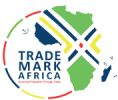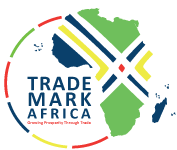Whenever I talk or write about East African integration I use this picture of three boys sharing a lollipop. I don’t know where the photo came from or who the boys are, but I do know that it speaks volumes about the way trade could lift millions out of poverty. These three little boys in Kigali are sharing a lollipop. They lick it in turns. The lollipop is imported, so 45% of its cost is due to transport and allied costs. It might have been made in Kenya or Tanzania or even further afield, and it has travelled thousands of kilometres and several borders. So whichever of the boys bought that treat, he’s paying part of the freight clearance charges, handling charges, insurance, fuel costs and the salary of the trucker who got it to the Rwandan capital. It’s no wonder that the boys cannot afford to buy their own lollipops but have to share one. Transport costs in East Africa are among the highest in the world. This is largely due to infrastructure and regulatory constraints but the major reasons for the high costs are policy, legal and regulatory constraints, not infrastructure. It’s not only the slow ports or bad roads that up the price, its old policy and legal habits and slow border crossings. It takes 28 days and $600 to move a 40-foot container from the port of Shanghai, China to Mombasa, Kenya. It can take almost the same amount of time for the same container to...
Licking poverty in East Africa – the lollipop example
Posted on: June 27, 2014
Posted on: June 27, 2014


















